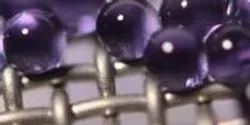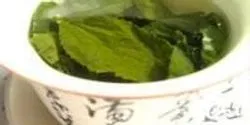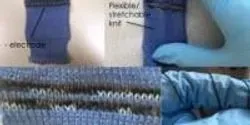nanotechnology

Researchers have fine-tuned a technique for coating gold nanorods with silica shells, allowing engineers to create large quantities of the nanorods and giving them more control over the thickness of the shell. Gold nanorods are being investigated for use in a wide variety of biomedical applications, and this advance paves the way for more stable gold nanorods and for chemically functionalizing the surface of the shells.

The field of metamaterials is all about making structures that have physical properties that aren’t found in nature. Predicting what kinds of structures would have those traits is one challenge; physically fabricating them is quite another, as they often require precise arrangement of constituent materials on the smallest scales.

A new simple tool developed by nanoengineers at the University of California, San Diego, is opening the door to an era when anyone will be able to build sensors, anywhere, including physicians in the clinic, patients in their home and soldiers in the field. The team from the University of California, San Diego, developed high-tech bio-inks that react with several chemicals, including glucose. They filled off-the-shelf ballpoint pens with the inks and were able to draw sensors to measure glucose directly on the skin and sensors to measure pollution on leaves.

Phosphorus, a highly reactive element commonly found in match heads, tracer bullets, and fertilizers, can be turned into a stable crystalline form known as black phosphorus. In a new study, researchers from the University of Minnesota used an ultrathin black phosphorus film—only 20 layers of atoms—to demonstrate high-speed data communication on nanoscale optical circuits.

Using the same baking soda found in most grocery stores, Lawrence Livermore National Laboratory scientists, along with colleagues from Harvard University and the University of Illinois at Urbana-Champaign, have created a significant advance in carbon dioxide capture.













